-
×
-
×
-
×
-
×
-
×
-
×
-
×
-
×
-
×
-
×
-
×
-
×
-
×
-
×
-
×
-
×
-
×
-
×
Neolamprologus Caudopunctatus «Red Fin» - Lake Tanganyika Cichlid - Zambia 2 × £12.58
Subtotal: £1,279.30












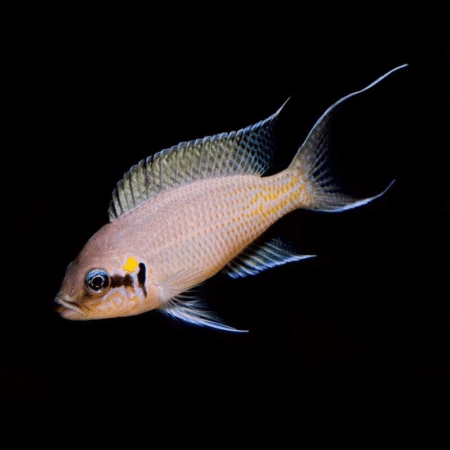
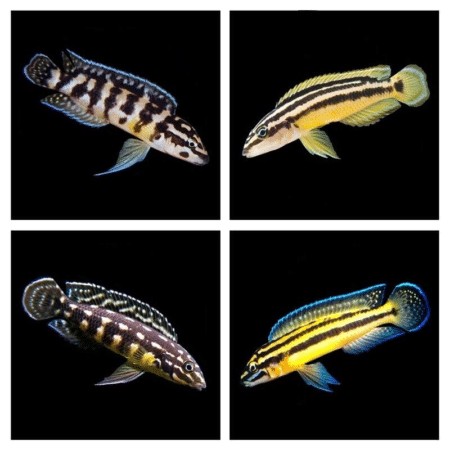

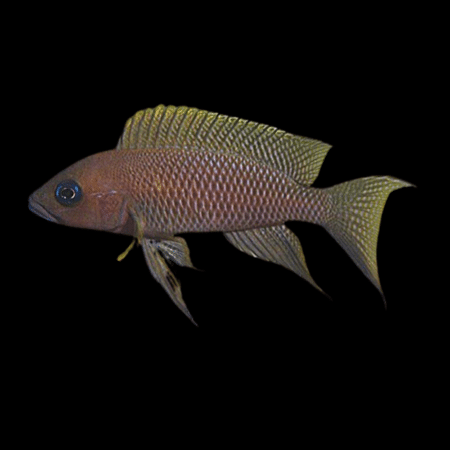

 Neolamprologus Caudopunctatus «Red Fin» - Lake Tanganyika Cichlid - Zambia
Neolamprologus Caudopunctatus «Red Fin» - Lake Tanganyika Cichlid - Zambia 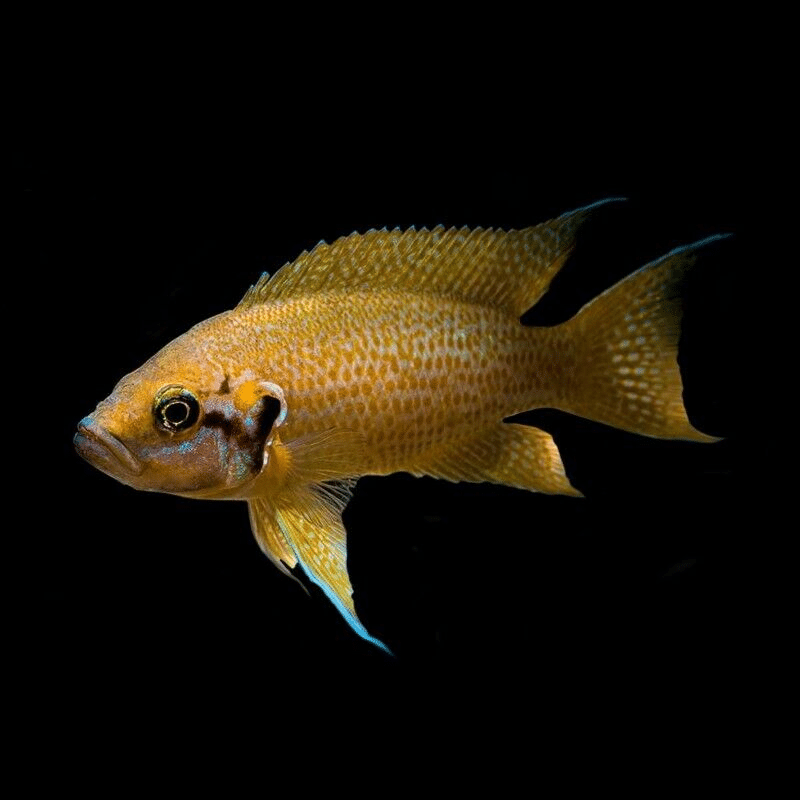

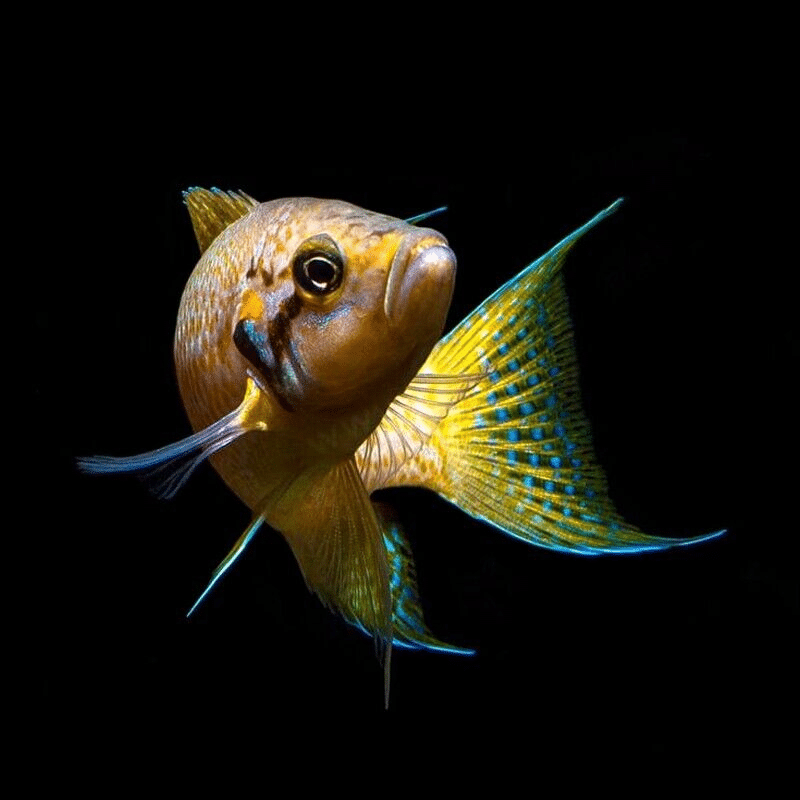

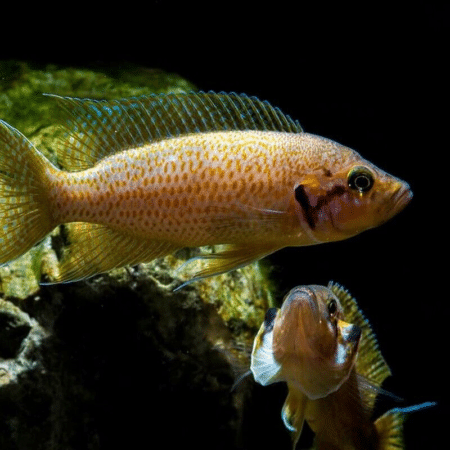

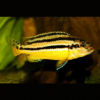











Emily Carter (verified owner) –
I couldn’t be more thrilled with my recent purchase of the Sunflower Lamprologus (Neolamprologus Helianthus). After keeping this beautiful cichlid for about two months now, I can confidently say it has brought so much life and color to my aquarium! These little guys are not only stunning to look at, with their vibrant yellow hues and playful behavior, but they also have such fascinating personalities.
As a caring fish parent, I prioritize my fish’s health and happiness, and I’ve noticed that my Sunflower Lamprologus thrives on a varied diet of quality cichlid food and the right aquarium plants. They love exploring the crevices I’ve created in their habitat, which has encouraged their natural behaviors. I’ve also found that they get along well with my other Lake Tanganyika cichlids, making community keeping much more enjoyable.
Shipping was prompt, and they arrived in perfect condition, which I really appreciated. If you’re considering adding some unique beauty to your aquarium, I highly recommend these charming cichlids. Just be mindful of their need for space and structure in the tank to ensure they flourish. Overall, a fantastic addition to any fish lover’s collection!